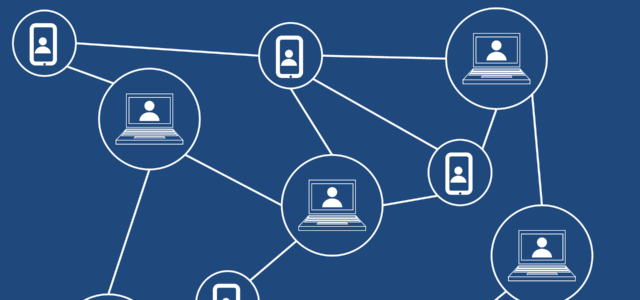Data is becoming increasingly important for many different industries, businesses and operations — and it makes perfect sense why. The more information you have available, the more informed your decisions will be and the higher your chances for success.
Beyond that basic concept, however, are the real-time data and metrics that have become commonplace today. Up-to-date and in-the-moment insights will drive business models forward and introduce many new opportunities.
The active and real-time nature goes well beyond just static or historical data. When implemented correctly, it can inform campaigns and strategies, allowing for precise adjustments well beyond what has been possible in the past. Think of it like this. Traditionally, you’d create a plan or campaign, review predictive models and estimates and use that to decide if you were going to move forward. If you did, you’d have no guarantee the plan would work. You’d essentially put your campaign into action and hope for the best, all while measuring the results, of course. Without a polarizing change, you’d even have to collect data for weeks or even months after a move to measure progress.
That’s no longer the case with real-time data. You can look at incoming information right then and there and use it to make smarter decisions or even gather accurate estimates and predictions. Furthermore, you can continue to amass the incoming data, merging it with the data you already have to update your models, strategies and future actions continually. It creates an environment of perpetual improvement.
What are some other ways real-time data can transform your business?
It Improves Relationships and Experiences
A mindset of continual improvement does several things.
First, it pushes a support team to be more responsive and more transparent about issues that arise. Rather than try to fix problems after the fact, real-time data allows for adjusting before a general outcome or harmful situation.
Essentially, this leads to better and stronger relationships between all parties involved, not the least of which is the relationship between business and customer. It also helps boost retention rates, driving up revenue and providing the framework for more reliable, quantifiable strategies.
Finally, because it encourages a constant flow of revision — where a team or business is actively working to improve strategies and campaigns — experiences tend to be more positive, more convenient and just better all around. Customers will react positively to what you’re trying to do and become more supportive merely because their experience is better, and why wouldn’t they?
The retail industry provides a solid example of how real-time analysis affects customer experience. Some retailers are deploying IoT sensors to monitor how customers interact when they visit a store or particular location. Beacons deliver customized promotions or engagements to nearby consumers through mobile devices.
Beauty brand Sephora allows customers to peruse an experiental “Beauty Board” and buy products they like from it. It presents a visual feed of people wearing brand products and goods, and then customers can interact directly.
It Minimizes Risk
Real-time data analysis and metrics will have a profound impact on your predictive models and estimates. More importantly, the technology can help you mitigate risk at an unprecedented level. It goes back to that example we gave above, where you’re using in-the-moment data to inform current strategies or campaigns. Instead of dealing with processes after the fact, you’re handling them on the spot.
Risk accompanies every move or decision in the world of business, but if you can stay informed about what’s happening and how you can act on it, that means nearly eliminating risk. And while predictive strategies are never a perfect science, you can indeed be more prepared for a specific outcome or result.
It Fosters Competitive Pricing Strategies
The kind of performance and consumer sentiment data real-time analysis provides means you can come up with excellent pricing for various services or products. It also allows for well-timed discounts and promotions that can have a significant impact on your bottom line. Companies who adopt data-driven marketing and real-time analysis are more likely to have an advantage over their competition, further increasing profitability.
Maybe, for instance, your product is in high demand, but the pricing puts it just out of reach of many of those potential customers. You can identify the appropriate time to run a discount or deal, so they have ample opportunity to acquire your goods.
Regarding the entire market, you can measure price elasticity more accurately, divided into varying factors like persona or demographic, sales channels and even location. As with all data, you can leverage it to influence future strategies, too. If you know, historically, consumers are willing to pay a specific price range for one of your items, it provides a framework for future product launches.
It Strengthens Your Brand
Real-time analysis works to strengthen all aspects of a company or team, from marketing and promotions to customer support. That is, perhaps, the most transformative benefit from implementing real-time analysis. Thirty-three percent of elite marketers agree the right technologies and data collection systems are their most useful tool for understanding customers.
In fact, with the constantly evolving state of business today, the question to ask is how much you are losing by not having a real-time data analysis system in place. Forrester found understanding customer interactions across all touchpoints is the No. 1 challenge for marketers today. That should provide some idea of how fundamental real-time analysis is.
In other words, what are you waiting for? Get a real-time data stream up and running as soon as possible.
Article by channel:
Everything you need to know about Digital Transformation
The best articles, news and events direct to your inbox
Read more articles tagged: Analytics, Featured, Marketing Analytics







